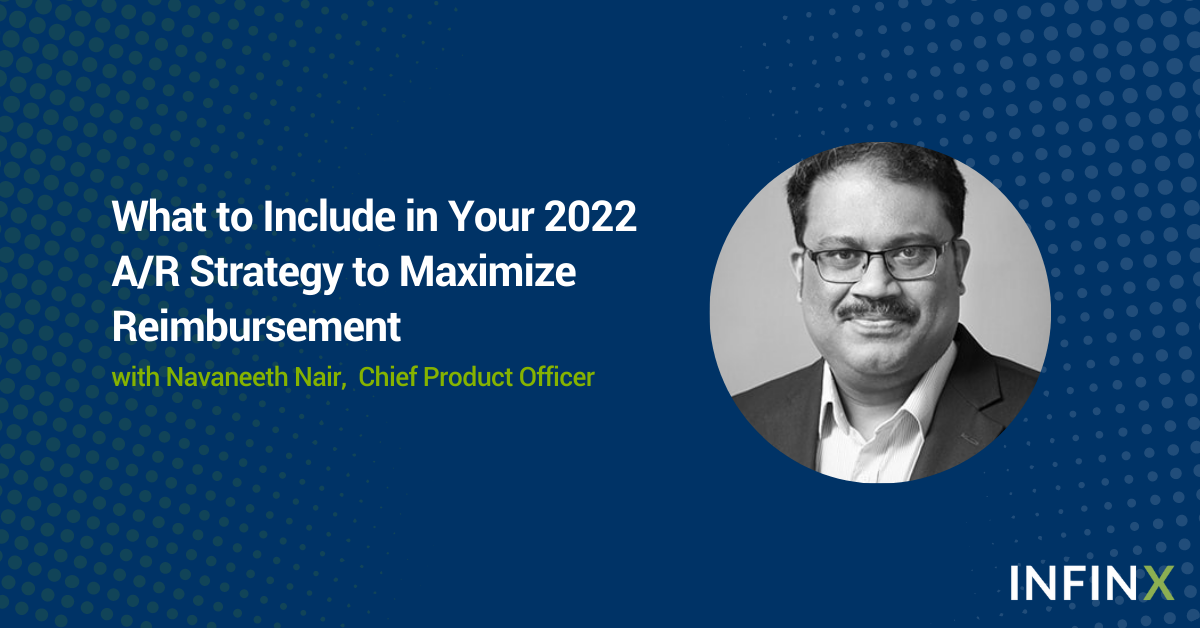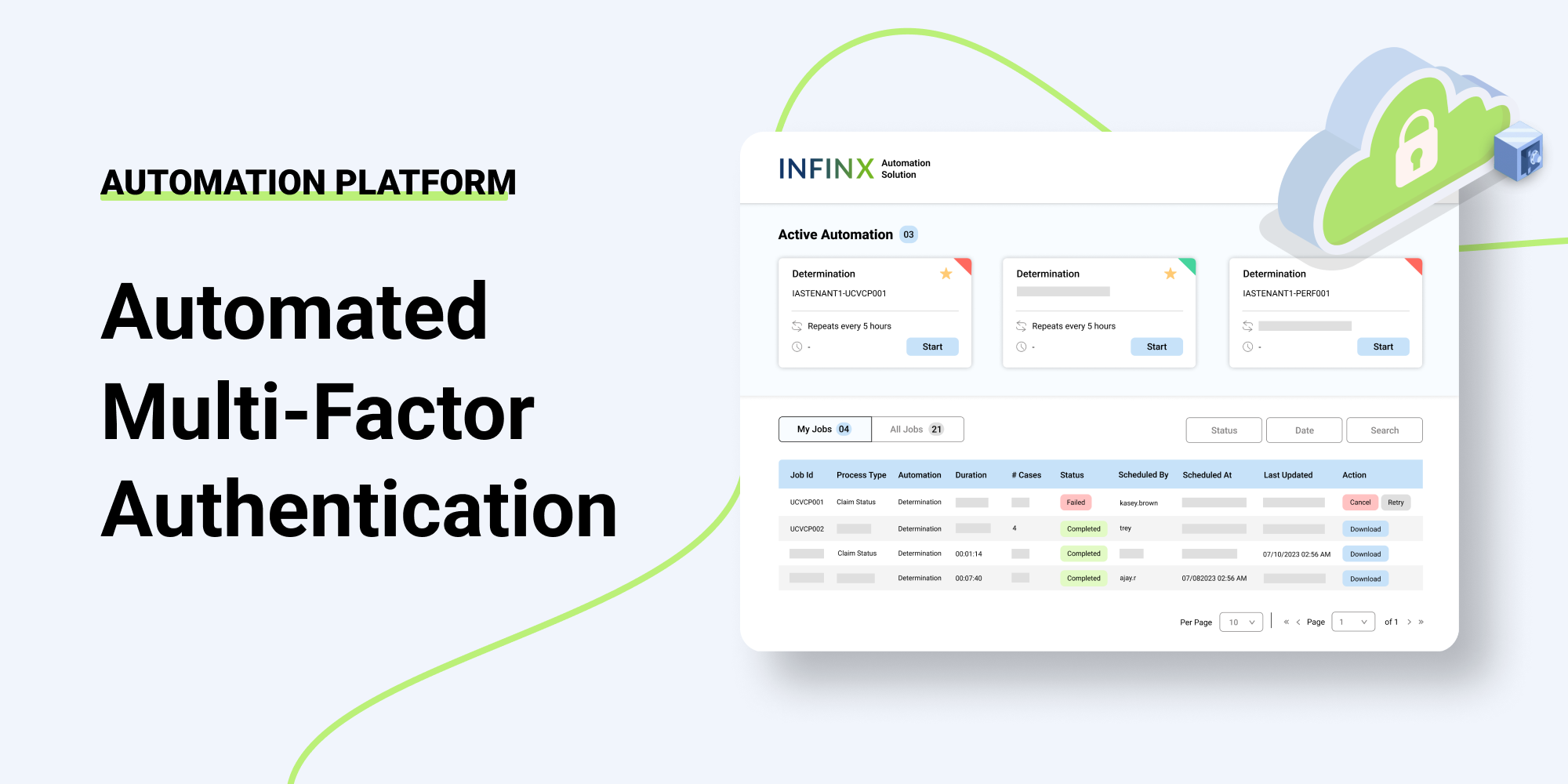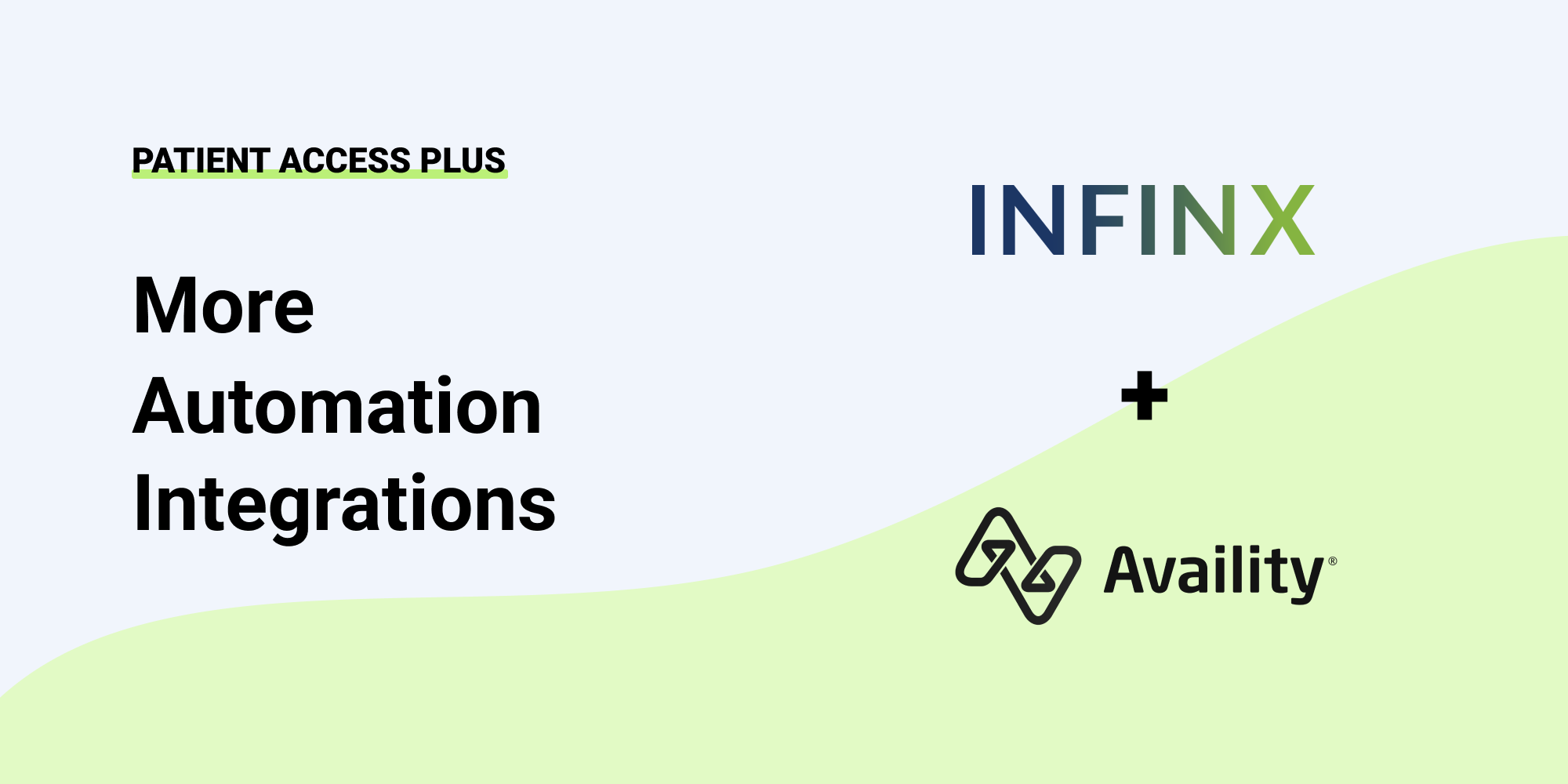2021 was a challenging year for healthcare providers who struggled with increasing denials, reduced reimbursements, and staffing shortages all impacting A/R.
Here are our Chief of Product and healthcare AI expert Navaneeth Nair’s recommendations for a 2022 A/R strategy to conquer these challenges:
Here are some key moments from our recent office hour conversation between him and Director of Marketing, Kate Tingley:
Kate:
So if you were a CFO, head of revenue cycle at a healthcare organization and building a strategy for 2022 for your AR, what would it look like? And what would the pillars of that strategy be?
Navaneeth:
- The first pillar would be analytics, to have the ability to benchmark your existing A/R and have metrics that help you identify and deep dive into trends and challenges leading to A/R backlogs. I would say things like aging, net collection ratio, things that have to be looked at at a deeper level, which should have the ability to kind of get analytics around them.
- The second big thing is I would say CFOs and our RCM leaders should continue to look for technology and automation to help scale their A/R operations. It is not enough to actually just assume that you can actually solve this using staffing.
- The next big thing I would say in the new normal is that even if you had staffing, staffing is going to be geographically dispersed, there is a lot of work from home challenges that you will see as leaders. So having a good workflow solution that’s very purposeful and focused on the A/R and can actually measure both productivity and effectiveness of the staff is going to be important.
- And last but not least, I think with the increase in self payer, it is very important to have a good patient experience and collection strategy that’s tied to collecting from patients before it becomes too late and becomes battered.
Kate:
We’re hearing a lot in the market about how we’re not completely post COVID yet, but the light that COVID shined on the need for a partner, particularly in terms of A/R support. One that’s able to step in and avoid those dips that happen in terms of staffing, challenges, software changes, things like that. Having that in place before you need it, is that something that you agree with? Would you also include that kind of as a pillar of your AR strategy for 2022?
Navaneeth:
Yes, I would say a very strong partner that can help you scale your A/R from a staffing perspective is very important. I think technology only goes so far in terms of solving A/R challenges, you still need good resources, who understand payer guidelines, and actually can deal with payers and help resolve A/R. And it’s difficult to find or train them very quickly in the market. So it’s essential to have a partner that can help you scale. Not only just from a staffing perspective, but also from an expertise and best practice perspective. Somebody who can bring not just not just the people, but also domain expertise, and I would say, best practices from a workflow perspective for A/R.
Sign up here to receive an invitation to our next office hour and receive more insights into revenue cycle best practices from industry leaders.
Would your practice benefit from AI powered A/R analytics and revenue recovery support? Request a demo here to learn more.


